|
In the realm of car body repair, locating a service shop that not only has certification but also meets your vehicle's unique demands is critical. Our car body shop takes pride in being a certified company, which ensures that our committed specialists have the knowledge to handle a wide variety of brands and models. Allow us to take you on a trip of the dedication and perfection that distinguishes our certified auto body shop. Certification: A Mark of Excellence.When it comes to entrusting your car to an auto body shop, certification is more than just a symbol; it represents a dedication to quality. Our accreditation covers a wide range of well-known manufacturers, including Toyota, Chevrolet, Honda, Toyota Camry, Chrysler, Ram, Ford, and many more. This wide accreditation assures that our specialists, regardless of your vehicle's make or model, have the knowledge and abilities to provide high-quality repairs. Brand Expertise: Going Beyond the Basics.Each brand has its own heritage and engineering peculiarities. Our qualified experts have completed extensive training to understand the subtleties of popular models such as Toyota, Chevrolet, and Honda. Whether it's the economy of a Toyota Camry, the robust durability of a Ram, or the ingenuity of a Ford, our crew understands the specific needs of these cars. Specific Makes and Models: Precision at Each TurnWe recognize that some automobiles require specific care. That is why, in addition to broad brand certificates, our auto collision repair shop is certified for particular makes and models. This means that if you drive a specific Toyota model, a special Chevrolet version, or a distinguished Ford truck, you can rely on us to treat your vehicle with the care it deserves. Except collision repair, we also provide towing facility with all roadside assistant services. We also help our customers to get the best auto insurance claims. Commitment to Quality: Beyond CertificationWhile accreditation is a key component of our service, our dedication to quality goes beyond the certifications on our walls. At Alpha Collision Center, we prioritize the use of authentic components, cutting-edge technology, and industry-approved processes in all repairs. It's not only about repairing the visual damage; it's about returning your car to its factory specifications, assuring both safety and performance. Why Choose a Certified Auto Body Shop?
Your vehicle, our expertise.Your car is more than simply a means of transportation; it is an investment in your everyday life. When it comes to repairs, rely on specialists who not only meet, but surpass industry requirements. At our licensed auto body shop, we do more than simply mend automobiles; we also restore your peace of mind and trust in your vehicle. Drive with confidence, knowing that your trusted certified auto body shop has your back, regardless of the make or model.
Pros of Comprehensive Car Insurance:
Cons of Comprehensive Car Insurance:
Making Comprehensive Decisions:
Car ownership may be a double-edged sword. On the one hand, it gives you independence and convenience, but it also comes with maintenance fees that vary greatly depending on the type and model. While several automobiles are recognized for their dependability and minimal maintenance requirements, others are notorious for their high maintenance demands. In this post, we will look at the notion of high maintenance automobiles in the United States and present a thorough list of cars that require more TLC and investment. Understanding High Maintenance Cars:When compared to other cars, high maintenance autos require more frequent or expensive repairs, part replacements, and service. These costs can pile up over time, making ownership more expensive and even stressful. The causes of a car's high maintenance might vary, although they frequently involve problems such as sophisticated engineering, restricted parts availability, and expensive components. Factors Contributing to High Maintenance Costs:
A Comprehensive List of High Maintenance Cars in the USA:
Tips for Managing High Maintenance Costs:
In Conclusion:While high-maintenance cars might provide pride and thrill, it's crucial to be mindful of the cost ramifications. These cars frequently have a high price tag, not just for purchase but also for ongoing maintenance and repairs. Knowing what to anticipate and budgeting for maintenance expenditures are vital for a more enjoyable ownership experience with these expensive or high-performance cars.
Automotive security problems have become a major worry for both automobile owners and the auto industry in an increasingly connected world. While the emphasis is frequently on avoiding cyberattacks and securing vehicle data, another issue that requires consideration is the role of auto body shops in guaranteeing the overall security of contemporary automobiles. 1. Identifying Vulnerabilities:As part of accident repair or vehicle restoration, auto body shops frequently deal with numerous electrical components, sensors, and communication systems. As a result, they are uniquely placed to detect and disclose any security faults or vulnerabilities in a vehicle's electronic systems. 2. Handling Repairs Securely:Auto body shops may play an important role in preserving the integrity of a vehicle's security systems. When repairing or replacing components connected to a vehicle's computer network, it's critical to keep these systems safe. 3. Raising Awareness:Car owners might be educated about the importance of cybersecurity by visiting auto body shops. Customers should be informed of the hazards connected with automobile security problems, as well as how to secure their cars. 4. Collaborating with Manufacturers:Auto body shops and automakers can work together to report and fix security risks. Creating mechanisms for reporting vulnerabilities can help to make automobiles safer. 5. Training and Certification:Encouraging car body professionals to get cybersecurity best practices training. Shops that conform to security requirements are recognized and certified. 6. Secure Data Handling:During the repair procedure, auto body shops may come into contact with sensitive vehicle data. To preserve consumer privacy, it is critical to ensure the secure processing and disposal of this data. 7. Ethical Hacking for Testing:An auto body shop in Belmont said that some car body companies may use ethical hackers to test and improve the security of the automobiles they repair. This proactive strategy can assist in identifying and correcting vulnerabilities before they are deliberately exploited. Auto body shops must adjust to new duties as the car industry grapples with the increasing complexity of computerized systems. Aside from cosmetic modifications, they can actively contribute to improving automobile security. Auto body shops may help to make automobiles safer and more secure on the road by resolving weaknesses, educating consumers, and partnering with manufacturers.
The contemporary vehicle has grown into a complex piece of equipment, complete with a plethora of technological systems and connection features that improve our driving experience. While these developments have clearly enhanced safety, convenience, and efficiency, they have also created a completely new category of risks: car security issues. This article delves into the vulnerabilities that lay underneath our automobiles' slick exteriors, investigating potential threats, their repercussions, and the actions being taken to protect our vehicles. is Automotive Security Flaws a Responsibility of Auto Body Shops?Automotive security flaws primarily fall under the responsibility of automakers, cybersecurity experts, and regulatory authorities rather than auto body shops. Auto body shops focus on fixing the vehicle's exterior components, such as bodywork, painting, and collision repair, rather than the electronic and software systems that apply to automobile security. The Rise of the Connected AutomobileThe introduction of the linked automobile has resulted in several advantages. GPS navigation, smartphone connectivity, and over-the-air upgrades have all become common features in many automobiles. However, increasing connectivity means a larger attack surface for hackers. Modern vehicles are effectively computers on wheels, and they are vulnerable to hacking, data breaches, and unauthorized access in the same way that any other computer system is. Common Security Flaws in Automobiles
The Impact of Automotive Security FlawsAutomotive security issues can have serious repercussions. An effective assault can jeopardize the safety and privacy of vehicle occupants. Among the possible results are:
Defending Mobility's FutureAutomakers and technology companies are well aware of the dangers and are working hard to ensure the future of automotive technology. Here are some steps being done to safeguard automobiles from security flaws:
The field of car repair is continuously changing, and one technology stands out as innovative in 2023 - Paintless Dent Repair (PDR). PDR has grown in popularity in recent years because to its low cost, environmental friendliness, and spectacular effects. In this post, we'll delve into the interesting realm of Paintless Dent Repair, investigating its current condition as well as the astounding improvements it provides to vehicle owners. The Basics of Paintless Dent RepairPaintless Dent Repair, as the name implies, is a process for repairing dents and dings on the outside of a car without the need for traditional bodywork or repainting. Skilled experts delicately manipulate the dent from the inside, carefully massaging the injured region back into its natural shape. PDR differs from traditional procedures in that it preserves the vehicle's factory finish, avoiding the need for touch-up paint. The Eco-Friendly OptionAs environmental concerns grow, PDR shines as an environmentally conscientious option for auto repair. Traditional bodywork and painting produce large volumes of toxic waste, including VOCs (Volatile Organic Compounds) and other dangerous chemicals. PDR, on the other hand, generates almost little waste and considerably minimizes the carbon footprint involved with automobile repairs. This makes it a wise purchase not only for your pocketbook but also for the environment. Savings in both time and moneyOne of the key reasons for the rise in popularity of PDR is the huge cost reductions. Traditional dent repair can be time-consuming and costly, involving significant labor and material expenditures. PDR, on the other hand, is speedier and often less expensive, making it an appealing choice for vehicle owners wishing to repair their vehicles on a budget. Improved Training and ExperienceThe increased need for qualified PDR experts has resulted in greater training and competence in this industry. PDR professionals nowadays are highly trained and use cutting-edge methods and technology. This assures that your car is in the hands of an expert auto body shop who can give excellent outcomes. Application and AdaptabilityPDR is not restricted to minor dents and dings. PDR's mandate was increased in 2023 to handle a larger variety of concerns. PDR has demonstrated its ability to handle a wide range of automotive flaws, including hail damage, creases, and even bigger dents caused by small crashes. Warranty CoverageMany PDR service providers now give warranty support for their services. This assurance gives car owners additional piece of mind, knowing that their investment in Paintless Dent Repair is not only cost-effective, but also backed by a quality guarantee. ConclusionPaintless Dent Repair is still causing havoc in the auto repair business in 2023. Its eco-friendliness, cost-effectiveness, enhanced technology, and adaptability make it an appealing option for auto owners looking to restore their vehicles to their former glory. As the need for PDR services develops, so does the field's degree of skill and professionalism. If you have dents and dings on your vehicle, then Alpha Collision Center suggests that Paintless Dent Repair is a prudent and forward-thinking option that may help you save money, time, and the environment while ensuring your automobile looks its best.
The art of auto body dent repair has taken the industry by storm in the fast-paced world of automotive innovation and flair. It is no longer only a need following an unfortunate parking lot incident; it has become a trend in and of itself. Auto aficionados and common drivers alike are embracing the concept that a flawless exterior is a statement of one's pleasure in their car, not just aesthetics. From little dents to major flaws, the talented hands of auto body professionals like Alpha Collision Center, can miraculously erase these defects, returning automobiles to showroom condition. They are transforming damaged automobiles into pieces of beauty using innovative procedures such as paintless dent removal and cutting-edge instruments. It's more than just a repair; it's a statement of excellence, and it's a growing trend in the auto body shop industry. Can An Auto Body Shops Fix Dents?In a world where the quest for perfection meets the inevitable, dents and dings on our beloved vehicles are all too common. The question is, can body shops repair dents? The answer is unequivocally yes! Auto body shops are the unsung heroes of the automotive aesthetics sector.
Modern body shops or car collision repair shops have honed their trade to perfection thanks to technological breakthroughs and highly competent workers. Whether it's a little door ding or a bigger damage from an accident, these trained artists perform their magic. After auto towing they execute with a combination of precise tools and paintless dent repair processes. Paintless dent repair, in particular, has grown in popularity because to its low cost and environmental friendliness. Technicians carefully massage the dents from the inside, keeping the original paint and finish of your vehicle. This strategy not only saves you time and money, but it also helps to preserve the value of your car. So, if unattractive dents and dings threaten to detract from the attractiveness of your vehicle, be assured that body shops can do miracles. They'll have your car looking like new in no time, thanks to their experience, cutting-edge tools, and environmentally friendly processes. Your automobile is more than a source of transportation; it is a fashion statement and a reflection of your personality. Accidents can happen no matter how cautious a driver you are, resulting in dents, scratches, and other aesthetic damage. While professional auto body shops are always an option, with the correct equipment, you can handle many repairs on your own. Here are some important DIY auto body repair items that every automobile owner should have on hand. 1. Dent Puller Tool KitDents are ugly, but a dent puller kit may help you remove them. These dent repair kits often contain a sliding hammer, glue gun, and other attachments for pulling and massaging dents out of the body of your vehicle. 2. Sandpaper and Sanding BlocksSandpaper and sanding blocks are essential for smoothing out rough edges and prepping a surface for auto painting. Grits are utilized for a variety of jobs, ranging from heavy material removal to delicate finishing. 3. Bondo and Body FillerBondo or body filler is required to repair deeper dents and defects. These materials are simple to mold, sand, and paint over, making them excellent for a variety of restoration tasks. 4. Spray GunA spray gun can offer a professional finish for bigger paint projects or touch-ups. It enables you to apply paint more evenly, reducing streaks and flaws. 5. Paint and PrimerMatching the color of your automobile might be difficult, but you can get custom-mixed touch-up paint to make the procedure easier. Remember to use a high-quality primer to guarantee paint adhesion. 6. Auto Body Repair ToolsThese equipment include hammers, dollies, and spoons, which are used to reshape and fix metal surfaces on your vehicle. 7. Heat GunA heat gun may be used to soften adhesives, vinyl, and plastic. It's extremely excellent for removing difficult stickers or decals. 8. Auto Body Repair TapeSpecialized car body repair tapes are intended to hold various pieces together while repairs are being made. They're sturdy, long-lasting, and simple to remove when you're finished. 9. Body Seam SealerA top quality body seam sealer is crucial for preventing corrosion and protecting your car's seams and joints. It guarantees that the seal is both waterproof and airtight. 10. Safety GearLast but not least, keep your safety in mind. When dealing with potentially dangerous products, safety glasses, gloves, and a dust mask are essential.
Having these crucial DIY auto body repair equipment on hand as a car owner may save you time and money. However, while many simple repairs may be done at home, major or sophisticated damage should always be left to a professional car body shop. Whether you're repairing a little damage or repainting your automobile, these items can help you maintain your vehicle looking its best. Roll up your sleeves, put on your safety gear, and let your inner DIY enthusiast shine as you restore the beauty of your automobile one repair at a time. Car accidents are one of the most common incidents on the road. However, collisions may happen even when you don't have insurance or a legal driver's license. Even though it's never a good idea to drive without a license or insurance, you should know what to do in this situation. Here Alpha Collision, experienced auto body repair experts assist you know what to do in the event that you are in a car accident without a license or insurance. Stay Calm and Assess the SituationBeing calm while assessing the situation is the first and most crucial action to take. If you or anyone else is hurt, check to see if they require medical attention, and call them right away if they need. Move your car to a safe area if the car collision is small to prevent additional collisions. Exchange InformationOnce everyone is secure, communicate with the other driver(s) involved in the collision to exchange information. This contains their name, address, phone number, license plate number, and insurance details. Even if you don't have auto insurance or a valid driver's license, you should still give the other driver your name and contact information (s). Make a police callIt's critical to call the police to report the collision after exchanging information. If there are any potential legal difficulties, the police will respond to the scene and record an accident report. While speaking with the police, be honest and up forward; don't try to hide the fact that you lack a license or insurance. Understand the Legal ConsequencesDriving without a valid license or insurance may result in serious legal consequences. You can be vulnerable to fines, license suspension, or even jail time depending on the state where the accident took place. It's critical to be aware of your legal options and rights in this circumstance. Seek Legal AdviceIt's crucial to get legal counsel from a qualified auto accident lawyer if you're in an automobile accident and you don't have a license or insurance. They can aid you in comprehending your rights and options, bargain with the other motorist or drivers involved in the collision, and make sure you receive just compensation for any harm or damages. Consider Your OptionsYou might still be able to get money for any injuries or damages brought on by the collision even if you don't have insurance or a valid driver's license. You might be able to make a claim with the other driver(s)' insurance carrier, for instance, if they were the negligent party in the collision. As an alternative, you might be able to settle the matter with the other driver personally (s). Take Steps to Prevent Future AccidentsUltimately, it's critical to take action to stop incidents from happening again. If you don't currently have a driver's license or insurance, you might want to consider getting them. This can involve signing up for a driving school, requesting a license, and getting auto insurance. To prevent future collisions, drive defensively at all times and obey traffic regulations. Can You Claim Insurance Without a License and Insurance?You might be wondering if you can still file an insurance claim if you get into an automobile accident without a license or insurance. It depends, is the answer.
Most of the time, in order to file a claim, insurance companies demand that the driver has both a valid driver's license and insurance coverage. This is because it's against the law to drive without a license or insurance, and insurance companies are not obligated by law to pay for losses brought on by unlawful activity. Even if you don't have a valid driver's license or insurance coverage, there are several circumstances under which you could still be eligible to file an insurance claim. For instance, regardless of whether you have a license or insurance, if the other motorist in the collision was at fault, their insurance company may reimburse the damages and injuries brought on by the accident. It's crucial to remember that you could be held personally accountable for any damages or injuries sustained as a result of the accident if you are determined to be at fault for it and you don't have a valid driver's license or insurance. This may entail covering the cost of the other driver's car repairs, medical bills, and other associated charges. In any case, it's crucial to obtain legal counsel from a qualified auto accident lawyer if you're in a car accident and you don't have a license or insurance. In addition to making sure you receive just compensation for any injuries or damages brought on by the accident, they can assist you in understanding your legal rights and alternatives. In conclusion, getting into an automobile accident without a license or insurance can be a tense and trying ordeal. Nonetheless, it's crucial to maintain composure, evaluate the situation, exchange information with the other driver(s), dial 911, comprehend the legal ramifications, consult an attorney, weigh your options, and take precautions to avoid more collisions. You can navigate the situation and make sure your rights are upheld by doing these actions. Even though it could be challenging, there are some circumstances when it might be feasible to make an insurance claim without a current driver's license and insurance policy. Before making any decisions, it's crucial to have legal counsel and be aware of your legal rights and options. If your Honda has been involved in an accident or suffered body damage, it's important to choose a repair shop that is certified to work on Honda vehicles. Not only will this ensure that your repairs are completed to the highest standards of quality and safety, but it will also help you protect your investment with a Honda body repair warranty. Here's what you need to know about Honda body repair warranties: What Does a Honda Body Repair Warranty Cover?When you choose a Honda-certified body shop for your repairs, you'll typically receive a warranty that covers the workmanship and materials used in the repair process. This warranty can vary depending on the specific repair and the parts involved, but it typically lasts for a set period of time (e.g. one year) or for the lifetime of the vehicle What Is Not Covered by a Honda Body Repair Warranty?While a Honda models body repair warranty is designed to give you peace of mind and protect your investment, it's important to understand what it does not cover. For example, a warranty may not cover damage that occurs due to normal wear and tear, neglect, or misuse. Additionally, if your repairs are covered by an auto insurance policy, the terms of your policy may impact the coverage provided by your warranty How Can You Make a Claim on Your Honda Body Repair Warranty?If you experience issues with your Honda body repairs that are covered by your warranty, you'll need to take the appropriate steps to make a claim. This typically involves returning to the original body repair shop and providing documentation of the issue (e.g. photos, invoices, etc.). The repair shop will then work with you to assess the problem and determine whether it is covered by the warranty Protect Your Investment with a Honda Body Repair WarrantyWhen it comes to repairing body damage on your Honda, choosing a certified repair shop and getting a Honda body repair warranty can provide valuable peace of mind and protect your investment. To learn more about the warranty options available for your Honda repairs, be sure to talk to your repair shop or Honda dealership.
|
AuthorAlpha Collision Center is the most trusted auto body shop and car collision repair center in Arlington, MA. Archives
January 2024
Categories
All
|
BUSINESS HOURSMonday - Friday: 8am - 6pm
Saturday: 8am - 2pm Sunday: Closed 30 PARK AVENUE ARLINGTON, MA 02476 |
Locally Owned & Operated by Auto Body Shop in Arlington MA
|
Contact |
..© Copyright 2020 Alpha Collision Center. All rights reserved | designed by business2brand.

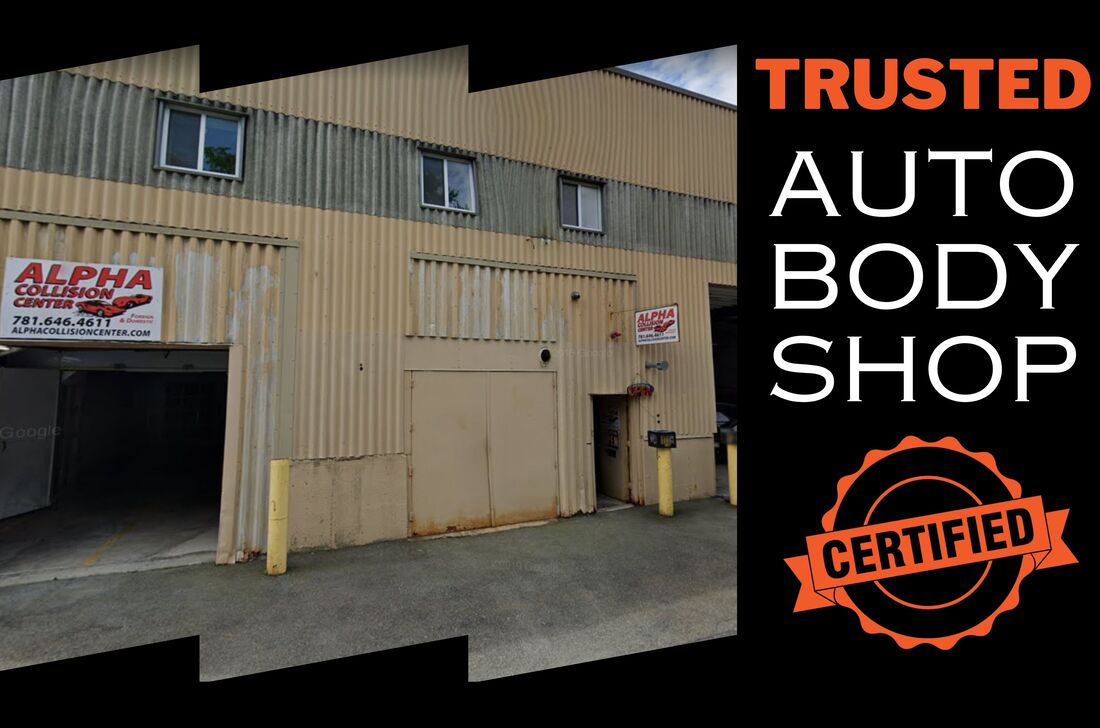
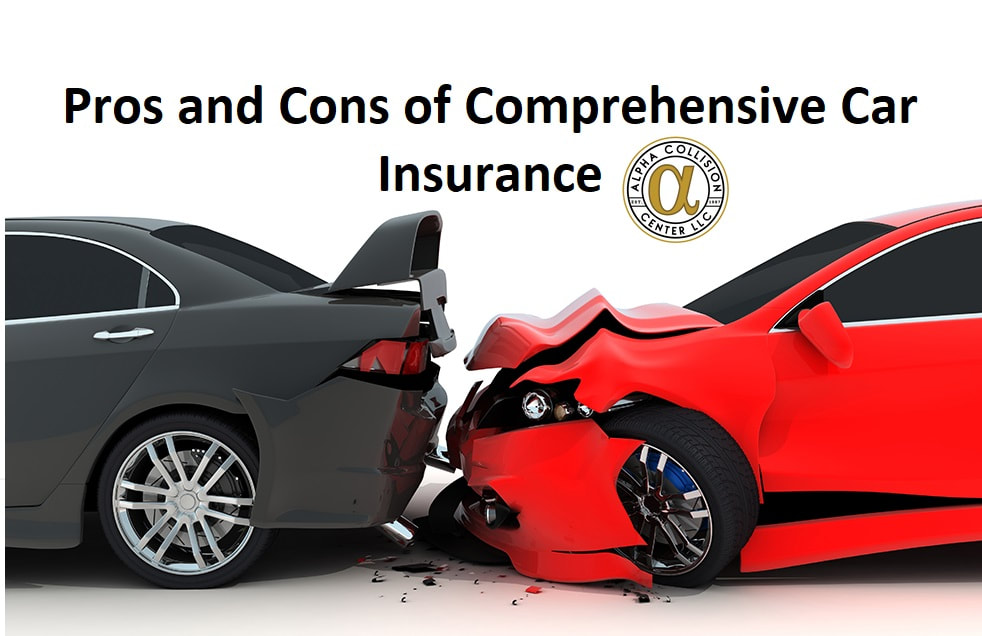
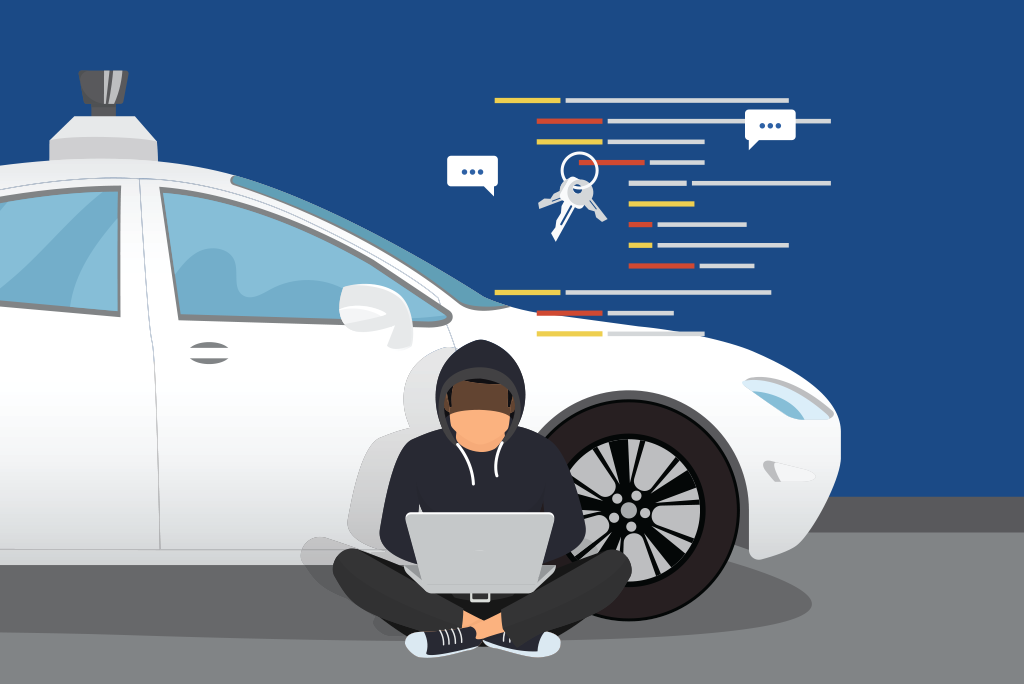
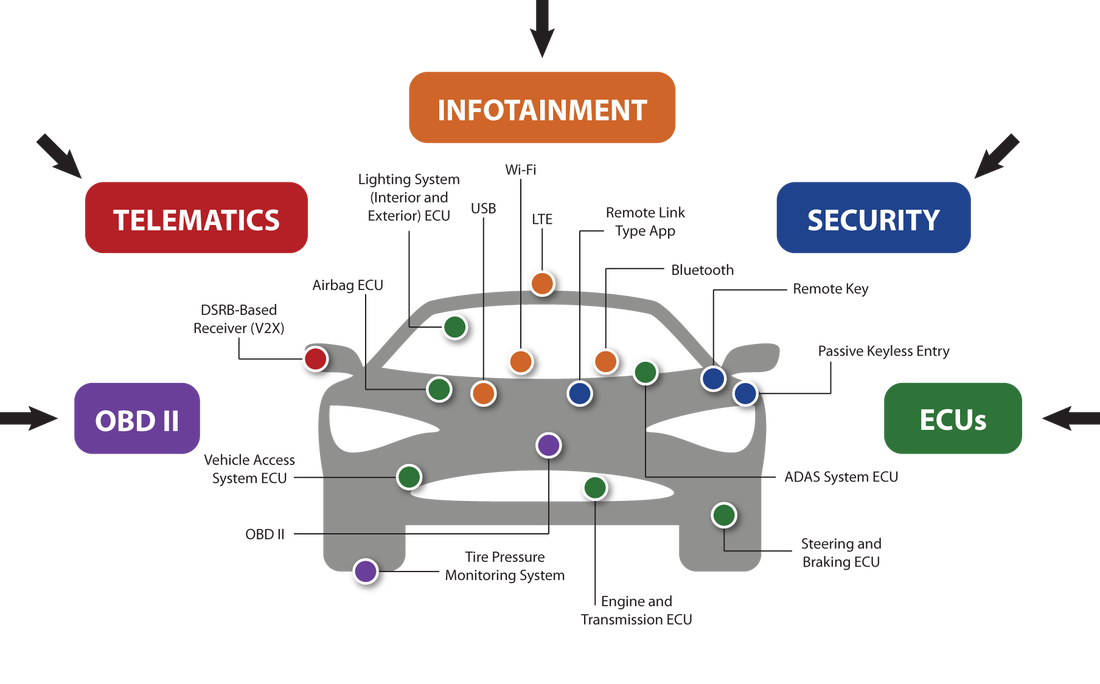
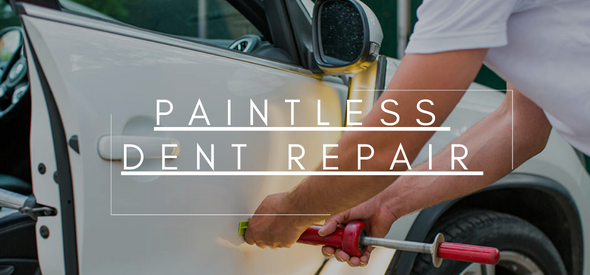
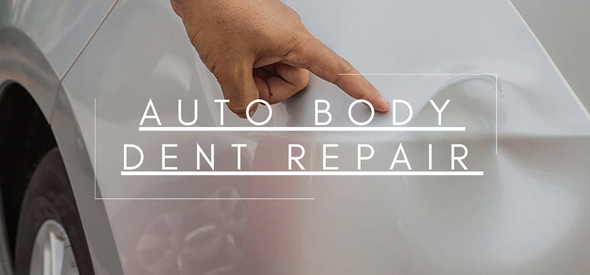
 RSS Feed
RSS Feed
